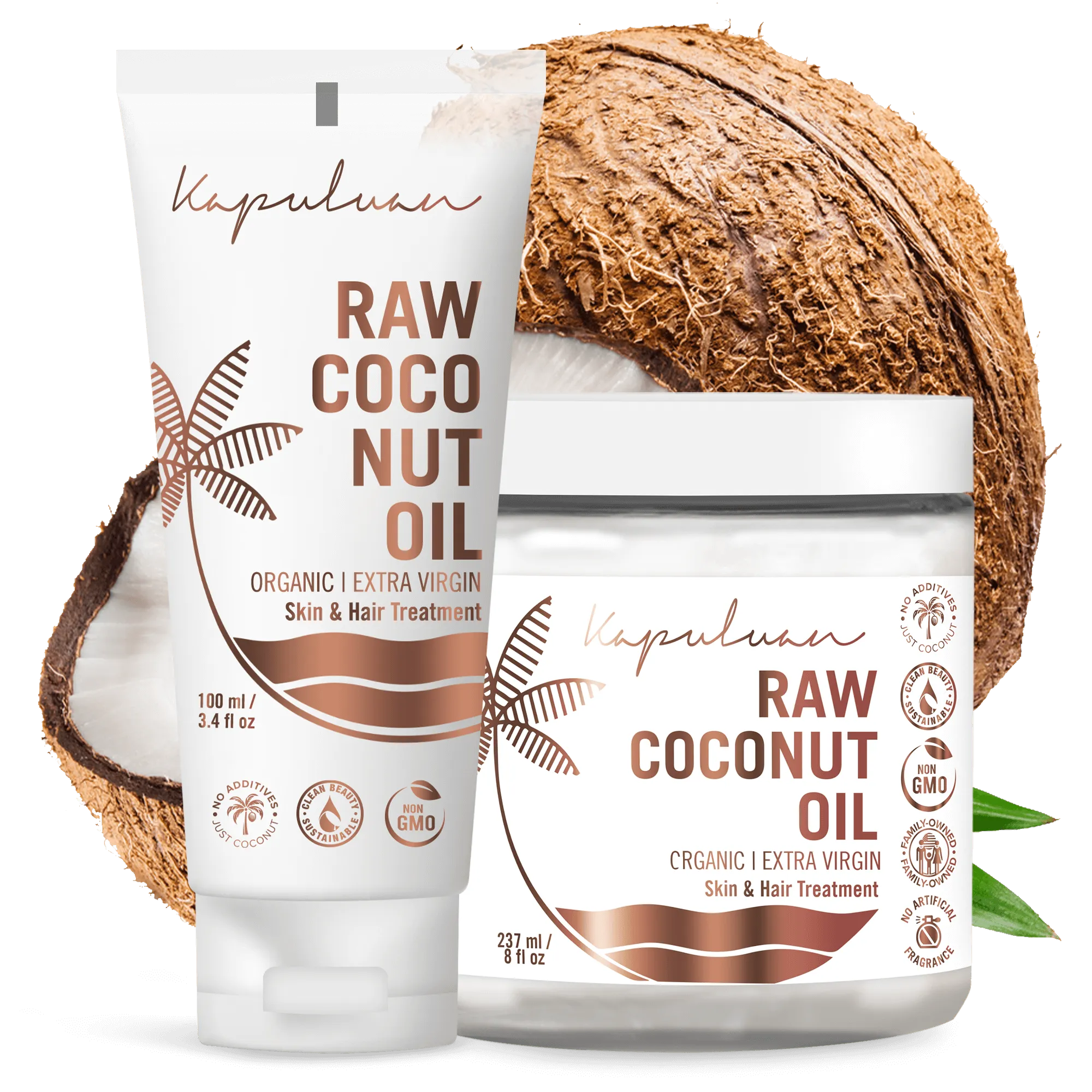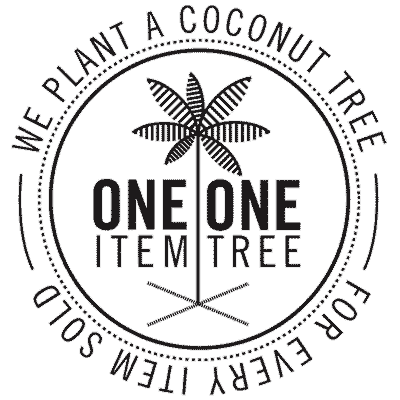Last Updated on October 21, 2024 by adeela
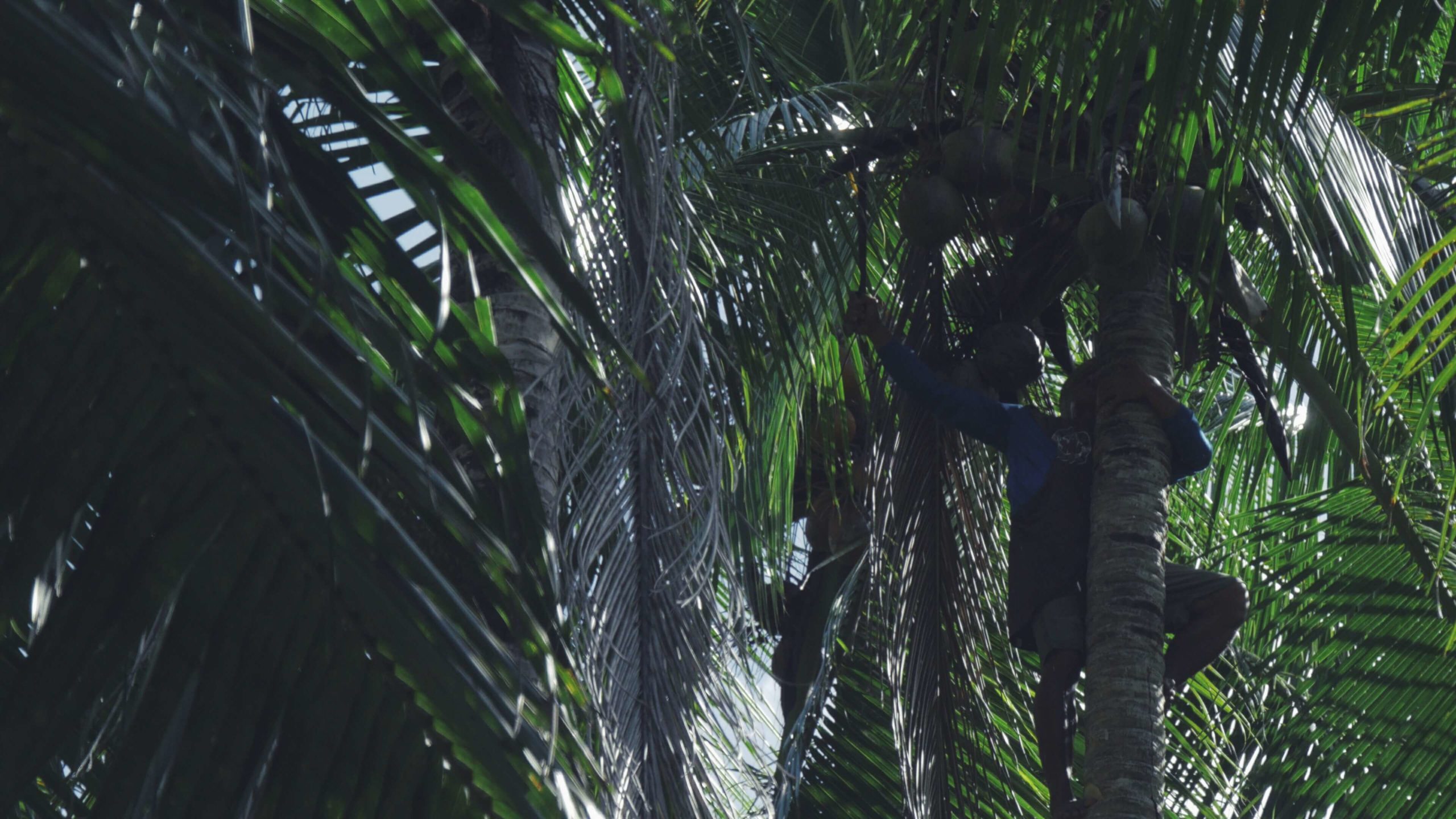
Coconut oil seems to be widespread for its multiple benefits and uses. But there may be things you didn’t know about coconut oil.
Here are ten facts you may not have known about this multipurpose fruit.
1. Not All Are Good For You
Let us get this out of the way first. There are things you probably didn’t know about coconut oil. First, not all coconut oil is the same. Not even close.
Have you ever heard someone say they bought refined coconut oil because they don’t like the taste or smell of real coconut oil? Do those people buy fake kale too? Some people have no idea there are different types of coconut oil. Some people have no idea what’s going on in general.
Just like with most products, the only way to change it (get rid of the coconut taste and smell in coconut oil) is to use a bunch of really harsh chemicals to strip it down to the bones or use harsh ingredients to bind it together.
But I thought the whole point of using coconut oil was because it is all natural and has excellent health benefits.
2. Virgin Coconut Oil is a Natural SPF
Is sunscreen good for you? Some say yes. Some say no. Some say it stops cancer. Some say it causes cancer.
I won’t say either. But I will question using products made with harsh chemicals and artificial crap. And I sure as hell won’t put them on my skin.
Would people eat what they are putting on their skin? Like when someone sprays a giant can of DEET mosquito repellant in a small room for 40 seconds, and you feel like one of the dying bugs from the raid commercial. In that case, it was eaten, but the response is “no way” in all others. Our skin absorbs the things we put on it.
Another thing you probably didn’t know about coconut oil is that it has a very low natural SPF of around 4….and its oil. So it’s pretty much reserved for wanderlusts who have been floating around Pacific islands for years or people who have skin that was made dark enough to handle the sun. It’s not sunscreen for people who use 60 SPF and apply every 30 minutes on the dot.
However, it can be mixed with zinc oxide, beeswax, and other natural products to make an excellent all-natural sunscreen that will protect from the sun while moisturizing as you’ve never seen before.
Even if you aren’t in the group that believes most sunscreens cause cancer, you can rest assured that you’re using an all-natural product. You can never really go wrong with that.
3. There is a Serious Lack of Fair Trade Standards
While fair trade coffee is on everyone’s radar, the conversation has barely started for coconut products.
Fairtrade standards do not extend to coconut products as they do to coffee, tea, and other products produced in developing countries, despite the fact the industries share numerous similarities.
With the massive growth in the popularity of coconut products and huge companies taking a position in the market, it has never been more difficult for coconut farmers.
Organization in this area is desperately needed to provide the small-scale coconut farming community with security, fair prices, long-term contracts, and support to develop their business and operate in the market.
4. Poverty & Exploitation Dominates
In the world’s largest coconut-producing country, the industrialization of the magnificent “Tree of Life” has a troubled history, responsible for over 60% of coconut farmers living in extreme poverty.
The Philippine coconut industry continues to face adversity on many levels, including exploitation of the small farmer, unsustainable industrial practices, environmental damage, and, more recently, natural disaster. These challenges threaten a way of life for more than 3 million coconut farmers, who often earn 50 percent less than the legislated minimum wage.
The market is the primary contributor to the lack of financial viability for coconut farmers. Traditionally, coconut oil has been extracted from the dried flesh of often-rotten nuts, a product called “copra.” This partially processed product is dried over a few days, often labor-intensive and dirty work in remote locations, and limited to men.
Their existence producing copra at the terminal end of the coconut distribution chain often leaves entire communities powerless and hopeless. In addition, copra production destroys their ability to use the entire coconut and generate alternative or downstream products, destroying any opportunity for economic growth or community development.
In addition to disincentivizing farmers, razor-thin profit margins restrict them from reinvesting in their land or planting new trees. While the profits they do make are derisory, many farmers cannot forego their sustenance income as new trees grow to maturity. These factors significantly limit the ability of farmers and their communities to escape the cycle. Yet, it is the only option.
What that means is that there is no way out. There are no savings. No investments. School is often not an option. When a typhoon destroys coconut crops, farming communities go hungry and live under tarps for years before they can get back on their feet. The cycle and the results of this type of poverty are horrific.
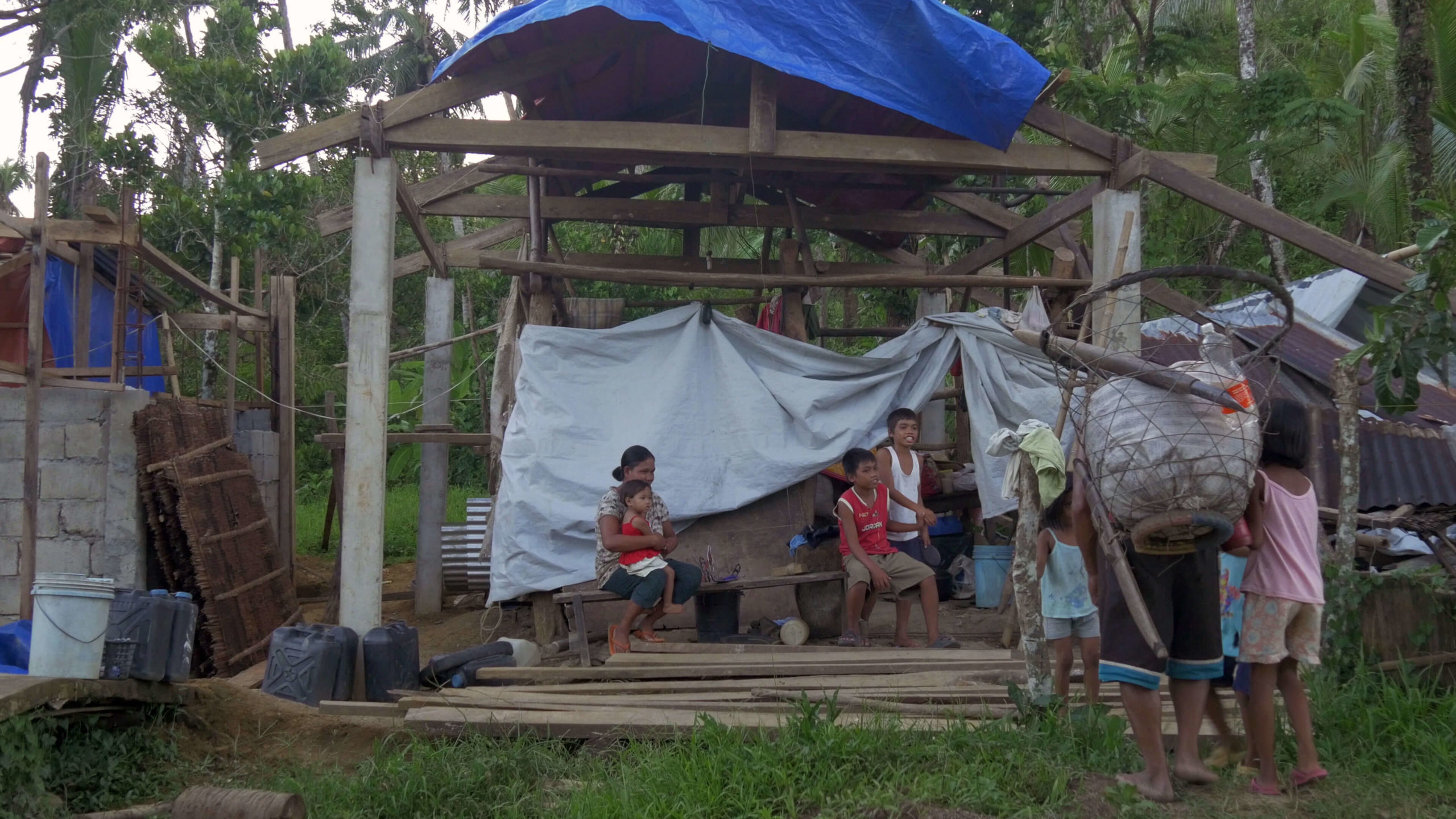
5. A Lot of Unnecessary Waste
Over a million tons of coconut dust are dumped into the environment yearly, often in rivers and destroying fish and natural habitats.
The coconut dust takes about 20 years to break down, so this is a long-term problem with harsh consequences that no one knows about.
The thing is that it’s relatively easy to avoid this dumping. There is value in every single part of the coconut, and using it not only helps save waste and environmental damage but also helps improve the livelihood of coconut farming communities and creates opportunities for rural women.
6. The Target of a Huge Smear Campaign Against Saturated Fats
In the past, coconut oil was the target of negative public relations campaigns by large industries eager to dominate the vegetable oil marketplace and a scientific research community that sustains their practice with funding from industry leaders.
Polyunsaturated fat producers have dominated so greatly that coconut consumption fell even in traditional coconut cultures that have used coconut oil for thousands of years. Interestingly, the rate of coronary heart disease has risen in such cases.
Palm oil, GME rapeseed oil, and others have exploded, damaging our environment and health.
However, the negative messages about coconut oil’s threat to health are being systematically discredited, and intelligent coconut consumers are regaining confidence with the development of quality virgin coconut oil, while it is gaining recognition as the most beneficial oil in the world by many medical and scientific researchers.
Coconut oil has been used for thousands of years by some of the world’s healthiest cultures. Studies conducted in Papua New Guinea and the Polynesian Islands, where the diet consists primarily of coconut and is high in saturated fat but low in cholesterol and sucrose, have shown stroke and heart disease to be completely absent.
Numerous studies of ancient cultures should rebuff the preposterous claims against coconut oil and saturated fats.
Quality virgin coconut oil can build a foundation for the health benefit of all and economic benefit for the small-scale coconut industry. A coordinated effort to promote coconut products by industry authorities and political leaders in producing countries would give hundreds of millions of coconut farmers renewed hope.
The key is understanding how to weed out poor-quality coconut oils.
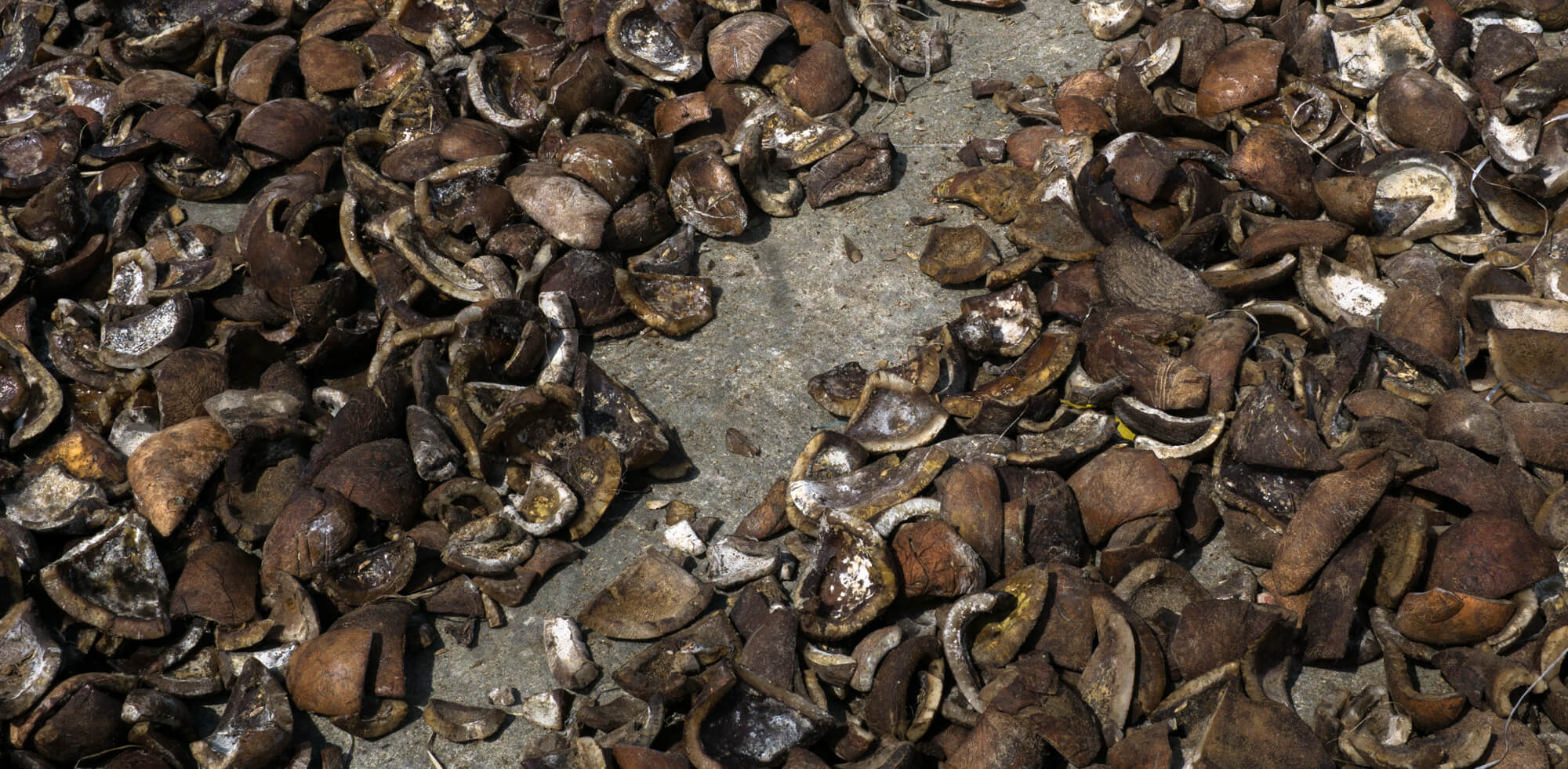
7. Coconut Oil Often Starts with Moldy, Rotten Coconuts
If you wind through rural villages on my motorcycle in the middle of nowhere, you can smell it a mile away. It lays out to sun-dry on the side of the road. It’s growing and getting driven over. Who knows what the Azcals (street dogs) are doing to it? This is precisely the coconut oil or coconut product you want to avoid.
8. Coconuts are Often Soaked in Bleach and Washed in Harsh Chemicals
Virgin or raw coconut oil cannot be made from rotten, moldy coconuts. Still, sizeable industrial oil mills can process it into other coconut oils using costly capital equipment and harsh chemicals to sterilize it. Commercial refinement at high pressures with chemicals removes the coconut’s healthy antioxidants and other beneficial components, changing a highly nutritious and natural product into something toxic. That something is called coconut oil, and it’s used in almost all coconut-based products.
You probably use this rancid oil if you’re not buying high-quality virgin coconut oil.
9. Competition From Other Oils Has Limited the Value Massively
When the Japanese occupied the Philippines during World War II, trade was cut off with countries that had previously been significant importers of coconut oil. With a reduced supply, the United States and European countries initiated significant research programs into developing local vegetable oils, which have remained as competitive offerings today.
Oil palm, which yields both palm oil and palm kernel oil, expanded rapidly as a crop during the 1960s despite similar price fluctuations and succeeded in countering the downward price trend with yield improvement. Today, the size area of 100 football fields is cleared each day in Indonesia, Malaysia, and other parts of Asia for this “yield improvement.”
Since 1960, the export price of copra has fluctuated wildly in response to short-term variations in supply. Still, it has always shown a significant long-term decline and has been highly volatile. As a result, the world’s production of coconut oil is barely 4 percent of the total production of the nine major vegetable oils. In a race to the bottom, these commodities have dropped the bottom out of the coconut oil market.
While coconut oil has been losing market share to palm oil in recent years, the strong growth in global vegetable oil consumption has made it possible to sustain slight growth of approximately 2.5 percent per year.
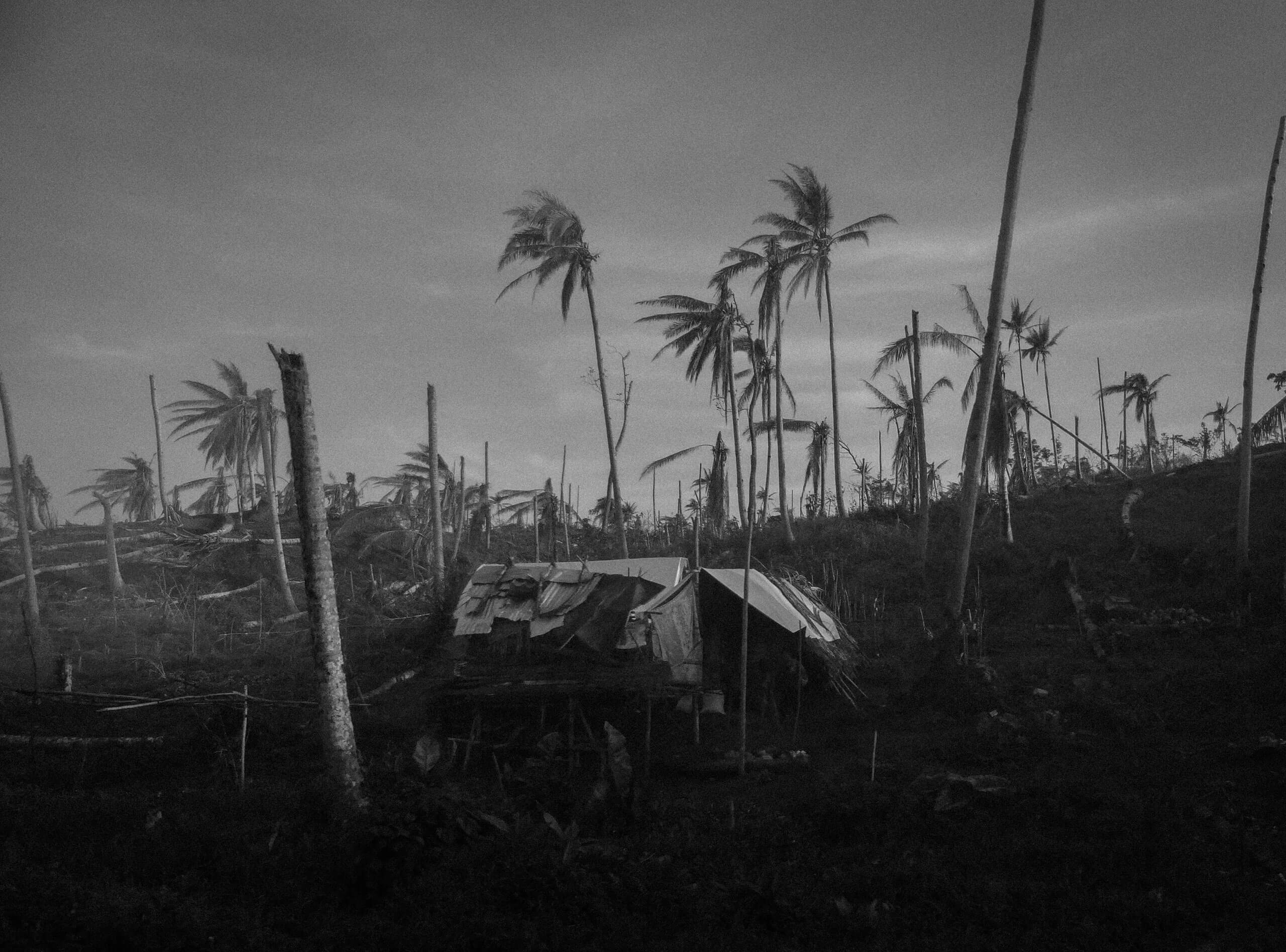
10. Coconut Oil Can Impact Climate Change
Global warming, or climate change in general, and its consequences are among the most pressing issues in the world today.
As agriculture is both a cause and victim of climate change, the solution to climate change caused by agriculture depends on selecting the best agriculture or farming practices to provide the most cost-effective agricultural production system with minimum adverse effects on the environment.
The Philippines is a tropical country with a high potential to mitigate global warming, specifically carbon emissions, with around 3.3 million hectares of coconut land and at least 325 million coconut fruit-bearing trees.
Coconut plantations can be used to reduce carbon dioxide emissions with carbon capture or sequestration. Options for carbon sequestration in the agricultural system include: substituting fossil fuel with biodiesel or biomass from coconut oil, sequestering carbon at coconut plantations with the use of monocrops or intercrops, enhancing carbon sequestration through proper agricultural management, and conserving carbon sinks in the farms’ soil. If coconut lands are intercropped with other crops highly capable of carbon sequestration, the effect can increase two-fold.
JOIN US ON INSTAGRAM

